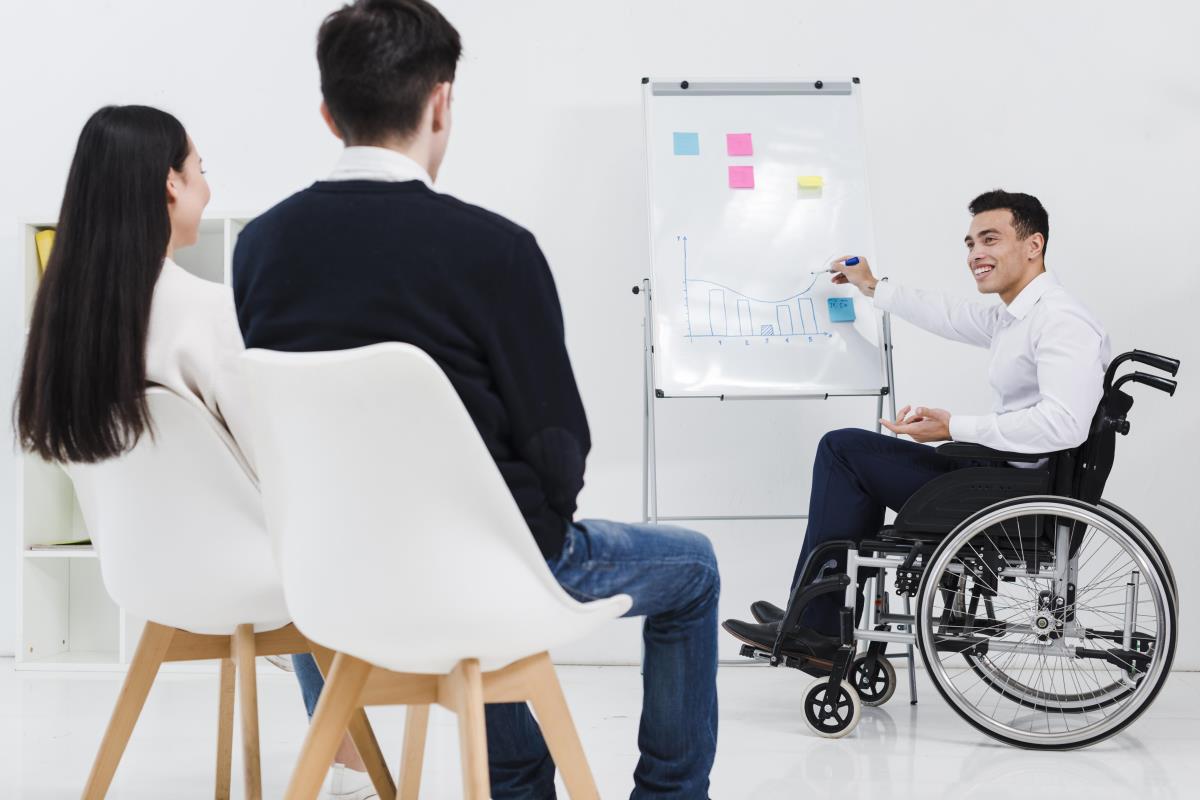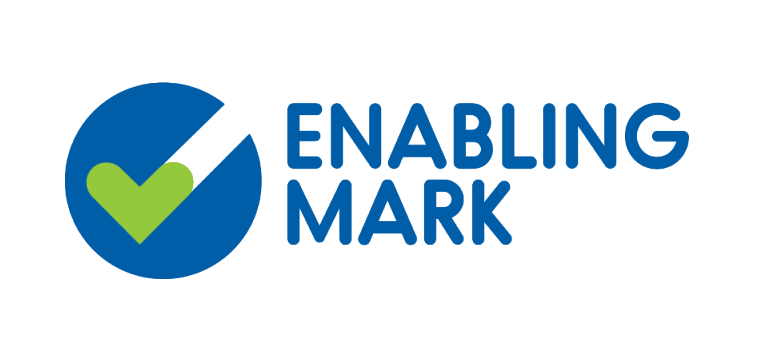3 Tips on Disability Inclusion in the Workplace
Find out how you can kickstart your journey in disability-inclusive hiring and be recognised for your efforts.
30 Nov 2020 Articles Performance management Recruitment Best practices

Photo: Designed by Freepik.
The Enabling Mark, a first-of-its-kind national-level accreditation framework that benchmarks and recognises disability-inclusive employers, was recently launched by SG Enable. Being recognised for hiring persons with disabilities can help a business grow by discovering new markets of socially-conscious customers, partners and talents, while enhancing brand recognition and workplace culture.
With three tiers of accreditation – Silver, Gold and Platinum – the tier received is determined by an organisation’s overall maturity level across various categories such as recruitment practices, workplace accessibility and accommodations, and inclusive employment initiatives.

Embracing Disability Inclusion
When organisations focus on abilities and with the right job match, persons with disabilities can bring the needed skills and contribute meaningfully. Organisations can see benefits in terms of innovative thinking, enhanced work culture and facilities, increased productivity and lower turnover.
Here are some ways to make your workplace more disability-inclusive:
- Take part in inclusive employment initiatives
For organisations that are new to disability-inclusive hiring, get started with pre-employment programmes such as the Institutes of Higher Learning (IHL) Internship Programme and RISE Mentorship Programme which allow organisations to engage with tertiary students with disabilities before moving into providing full-time employment opportunities.
When your organisation is ready to step up on disability-inclusive hiring efforts, you can look into modifying the job scopes of persons with disabilities and participate in job fairs organised by disability agencies. When arranging interviews with potential employees with disabilities, consider making accommodations such as conducting them at accessible locations or changing the mode of interviews.
- Make your workplace accessible
One of the first steps towards integrating employees with disabilities is to ensure that the workplace is accessible. This involves eliminating barriers that may prevent persons with disabilities from fully engaging and performing well in their job.
Examples of ways to do so include replacing push-or-pull doors with sliding doors, and making digital documents e-accessible. PDF documents, for instance, can be read by users with visual impairment using text-to-speech software if they are made e-accessible. These workplace accommodations would also benefit other employees without disabilities. Many innovations today that benefit persons with disabilities, such as ramps or sliding doors, are in fact beneficial to the rest of society.
SG Enable provides advisory and funding support under the Open Door Programme for organisations keen on making their workplace more accessible.
- Ensure fair and progressive human resource practices
To ensure fair access and opportunities for employees with disabilities, equitable compensation and benefits, as well as learning development and career advancement are recommended to be in place.
Additionally, organisations that are new to disability-inclusive hiring can start by reviewing their recruitment practices as well as performance management processes to ensure they are fair, objective and non-discriminatory, along with developing an inclusive on-boarding process where accommodations are provided to support and integrate employees with disabilities, such as a buddy system.
If you would like to assess your efforts in inclusive hiring, you can reach out to SG Enable. To learn more about the Enabling Mark, visit EnablingMark.sg.
This article was contributed by SG Enable in conjunction with International Day of Persons with Disabilities.
Was this helpful?
